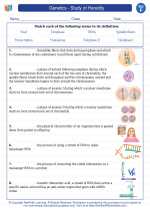Genetics - Study of Heredity -> transport
Transport in Living Organisms
Transport in living organisms refers to the movement of substances such as water, nutrients, gases, and waste products within the body. This transport system is crucial for the survival and proper functioning of cells, tissues, and organs.
Types of Transport
There are two main types of transport in living organisms:
- Internal Transport: This involves the movement of substances within the body of an organism. For example, the circulatory system in humans is responsible for the internal transport of oxygen, nutrients, and waste products.
- External Transport: This refers to the movement of substances into and out of the body of an organism. For instance, plants use specialized tissues to transport water, minerals, and food from the roots to the leaves.
Transport in Plants
Plants have a specialized transport system that allows them to move water, nutrients, and other substances throughout their structures. This system consists of the following components:
- Roots: Absorb water and minerals from the soil
- Xylem: Transports water and minerals from the roots to the rest of the plant
- Phloem: Transports food (sugars) produced in the leaves to other parts of the plant
- Stomata: Openings on the surface of leaves that allow for the exchange of gases (such as carbon dioxide and oxygen)
Transport in Animals
Animals also have specialized transport systems to ensure the movement of essential substances throughout their bodies. The key components of the animal transport system include:
- Heart: Pumps blood throughout the body
- Blood Vessels: Tubes that carry blood to and from different parts of the body
- Respiratory System: Facilitates the exchange of gases (oxygen and carbon dioxide) between the body and the environment
- Excretory System: Removes waste products from the body
Study Guide
Here are some key concepts and questions to help you study the topic of transport in living organisms:
- What is the importance of transport in living organisms?
- Describe the transport system in plants, including the roles of roots, xylem, phloem, and stomata.
- Explain the function of the heart, blood vessels, respiratory system, and excretory system in animals' transport systems.
- Compare and contrast internal and external transport in living organisms.
- Discuss how the transport of substances is essential for the survival and growth of cells, tissues, and organs.
Remember to review diagrams, illustrations, and real-life examples of transport systems in plants and animals to deepen your understanding of this topic.
.◂Science Worksheets and Study Guides Sixth Grade. Genetics - Study of Heredity

 Activity Lesson
Activity Lesson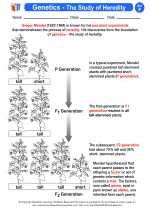
 Worksheet/Answer key
Worksheet/Answer key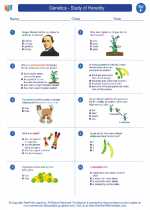
 Worksheet/Answer key
Worksheet/Answer key
 Worksheet/Answer key
Worksheet/Answer key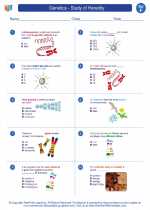
 Vocabulary/Answer key
Vocabulary/Answer key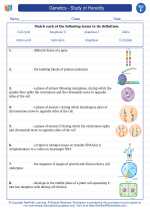
 Vocabulary/Answer key
Vocabulary/Answer key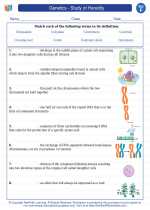
 Vocabulary/Answer key
Vocabulary/Answer key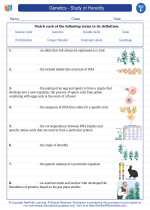
 Vocabulary/Answer key
Vocabulary/Answer key
 Vocabulary/Answer key
Vocabulary/Answer key
 Vocabulary/Answer key
Vocabulary/Answer key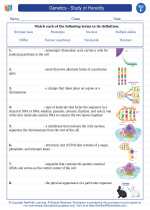
 Vocabulary/Answer key
Vocabulary/Answer key
 Vocabulary/Answer key
Vocabulary/Answer key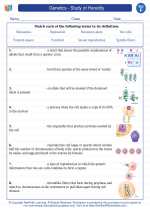
 Vocabulary/Answer key
Vocabulary/Answer key